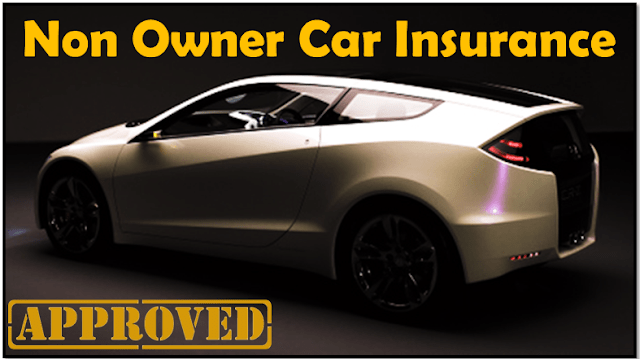Why Travelers Should Consider Non-Owner Insurance?
When you travel, when you borrow a friend's car, or when you rent a vehicle, you need protection. Non-owner insurance provides essential liability coverage when you're driving vehicles not registered in your name. It can save you money compared to rental companies' options while covering you if your personal insurance isn't enough. Discover how this cost-effective solution can offer peace of mind and continuous coverage during your journeys.
If you frequently rent or borrow cars but don't own one, non-owner insurance could be the perfect solution for your travel needs. This type of insurance provides liability coverage for individuals like you, who drive vehicles that aren't registered in their names. By having non-owner insurance, you guarantee that you're protected in case of an accident, especially when the primary insurance coverage limits of the vehicle owner are exceeded. This is essential for frequent renters, as it adds a layer of security without the costs associated with traditional car insurance policies.
Non-owner insurance offers vital liability coverage for those who frequently rent or borrow vehicles, ensuring peace of mind on the road.
For travelers who regularly find themselves behind the wheel of a rental or borrowed vehicle, non-owner insurance offers considerable savings over the liability coverage rental companies provide. While you enjoy the flexibility of driving different cars, you can do so with peace of mind, knowing that you have coverage if something goes wrong. Additionally, this insurance can be particularly advantageous in covering liability expenses when the driver's own insurance is insufficient.
It's crucial to mention that while this insurance typically doesn't cover damages to the rented vehicle itself, it can be a financial lifesaver regarding liability expenses. Additionally, non-owner insurance helps maintain continuous coverage, which is necessary if you're in a situation where you need to reinstate your driver's license. If you ever find yourself without a vehicle for an extended period, having this insurance in place guarantees you won't face higher premiums later due to lapses in your coverage.
Plus, it can provide additional benefits like uninsured/underinsured motorist coverage, protecting you against financial risks involved with drivers who lack adequate insurance.
When considering non-owner insurance, it's essential to check the specific requirements and regulations in your state. These can vary greatly, and some states may require additional coverages, such as uninsured motorist protection.
It's important to highlight that while non-owner insurance is beneficial for frequent travelers, it's not necessary for informal borrowing within the same household. If you're using a car-sharing service or borrowing from friends in separate households, this insurance becomes extremely useful.
The policy options available can include personal injury protection or medical payments coverage, giving you even more peace of mind. However, remember that these policies won't cover damages to the vehicle you're driving; for that, you'll need to purchase separate coverage.
Non-owner insurance typically has no deductible, making it a cost-effective option.
Conclusion
To summarize, non-owner insurance is a smart choice for travelers who frequently drive vehicles not registered in their names. Did you know that over 30% of travelers end up paying more for liability coverage through rental companies? By opting for non-owner insurance, you can save money while ensuring you're protected against potential financial risks. With no deductible and continuous coverage, it's a hassle-free solution that adds peace of mind to your adventures on the road.

